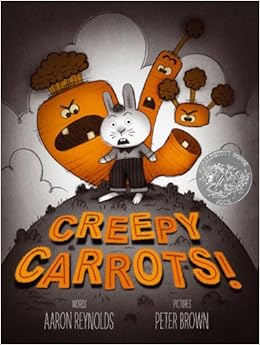Hi friends! I'm linking up with Erin at Lovin'Lit for another edition of Thursday Throw Down. I'm excited to (re)share a quick tip that REALLY worked wonders for my students this year!
Leah has $40 dollars. Jacob has 1/10 as much money as Leah. How much money does Jacob have?
This question correlates to 5.NBT.A.1 ("recognize that in a multi-digit number, a digit in one place represents 10 times as much as it represents in the place to the right and 1/10 of what it represents in the place to the left.") and it drove my students batty last year. They didn't understand how they could use the place value chart to solve a problem like this and really weren't successful until we did more work in division and with fractions.
This year, I made manipulative tiles (erm, or just numbers they cut out and moved around like the letter tiles used to make words). I shared these in a previous post, but now that I've used them, I'm going to share them again with a lot more detail.
We began the lesson by cutting out all of the numbers. The place value mat does not need to be cut.
I displayed the same place value chart on my smart board, but whiteboard or chalkboard would certainly work as well. On my SMARTboard, I used the marker to write the number and then dragged it to the left to model ten times as much. When my students came to the SMARTboard, they were able to do the same. If you don't have a SMARTboard, you could add magnets to the back of number times to move them from one place value to the next.
I called out numbers for students to build using their number tiles. A quick observation confirmed that my students had no difficulty hearing the word form and creating the standard form of the numbers. I kept the first few numbers very simple. I started out by asking the kids to build single digit numbers and powers of ten.
Next I reminded the students that when we move to the left on the place value chart we are multiplying by ten. We did this whole-brain teaching style - students put their hands up, bent at the elbows, shoulder height and moved to the left when they said left. Be sure to get your shoulders into it so it feels like a dance! Then I asked the students to multiply 7 times 10 by moving the digit 7 to the left (move your shoulders!). After modeling whole numbers twice more, we moved onto decimals. Students built single digit decimals and then moved (to the left, to the left! Think Beyonce...
to the left, to the left. Everything you own in the box to the left ;-) to demonstrate ten times more.
After modeling, the students completed a very brief workbook page and then we came back to the place value charts to model "1/10 as much." This proved more challenging for students with a weak ability to compare decimals because they didn't notice that the numbers were getting smaller. For some students, because the number was lengthening (0.07 as opposed to 0.7) they thought the number was growing.
We used the same method for modeling 1/10 as much, again using our hands and our shoulders to move "to the right, to the right." I called out numbers for the students to build and then asked them to find 1/10 as much by moving the digit to the right. I gave lots and lots of praise to the students who realized they needed to add zeroes between their digit and the decimal point.
There's something so powerful about a tactile experience, especially in math!
If you are interested in the place value chart and number tiles, you can grab it
HERE.
Be sure to head over to
Erin's blog to read about more great ways to make learning more interactive!









































